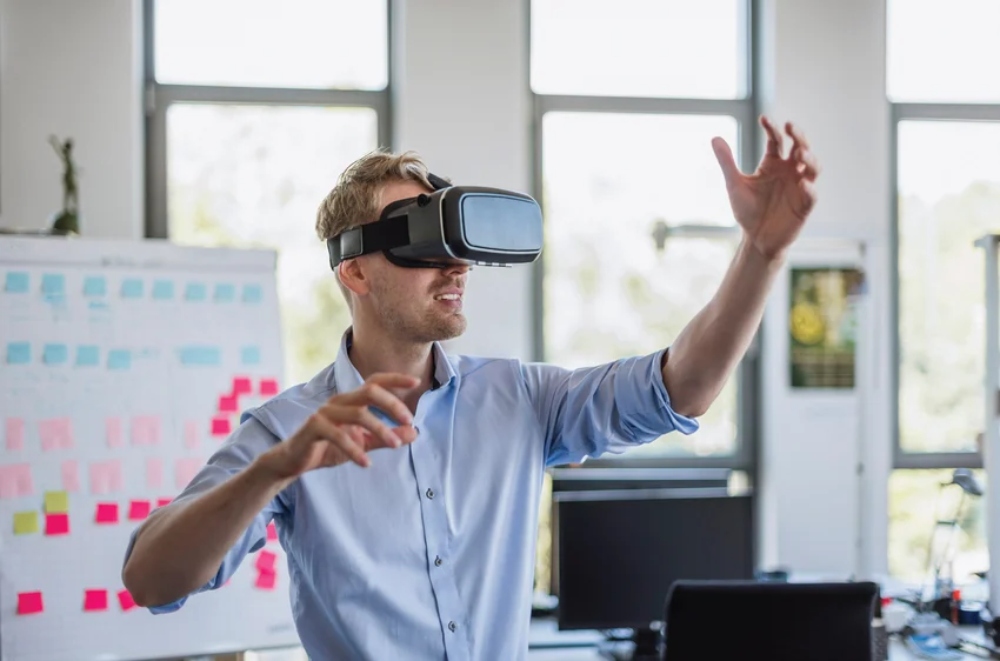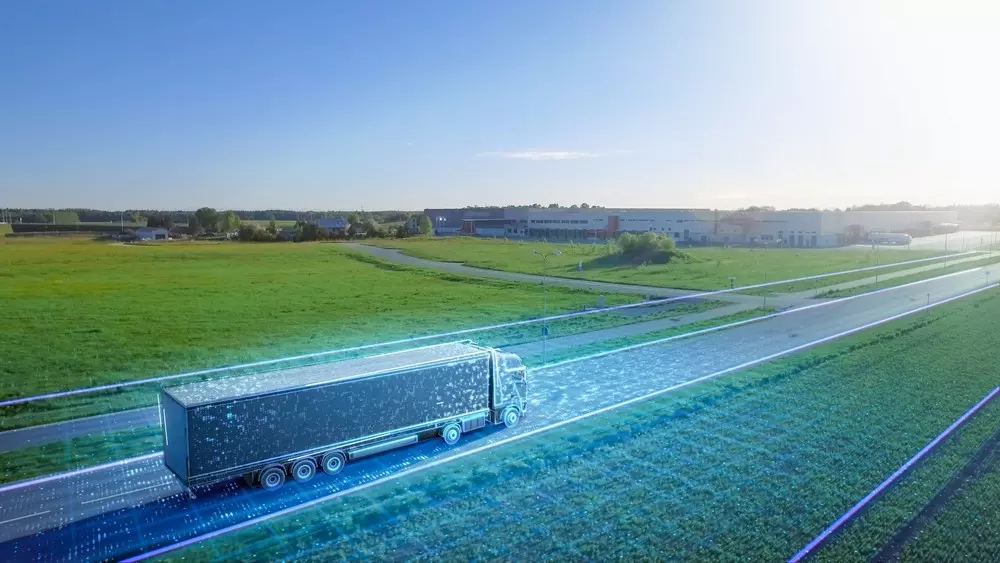Comments
- No comments found

Incorporating computer vision into AR and VR is crucial for creating immersive experiences that flawlessly blend the physical and digital domains.
Computer vision plays a pivotal role in revolutionizing augmented reality (AR) and virtual reality (VR) systems, empowering them to seamlessly comprehend and interact with the real world in a natural and intuitive manner for users.
With the rapid advancement of technology, our capacity to develop immersive digital experiences continues to grow. Among the most captivating breakthroughs are augmented reality and virtual reality technologies, which hold the potential to transform our interaction with digital content. At the core of these technologies lies the field of computer vision, focused on equipping computers with the ability to "see" and comprehend the surrounding world. As a result, the integration of computer vision in AR and VR is essential for crafting captivating and immersive experiences that seamlessly merge the physical and digital realms.

Computer vision in AR and VR plays a critical role in enabling these technologies to interact with the real world in a seamless and immersive way. Ultimately, it enhances the overall user experience by:
Computer vision is utilized in AR and VR to identify and detect real-world objects and integrate virtual content onto them, a process known as object detection. This is a crucial element in creating realistic and immersive AR experiences. The process involves using cameras to capture images or videos of the user's environment, which are then analyzed in real time by computer vision algorithms. These algorithms employ techniques such as edge detection, pattern recognition and machine learning to recognize objects based on their visual features, including size, shape and color. Once an object is identified, AR systems can superimpose virtual content on top of it, such as 3D models, animations or text containing relevant information.
Gaze tracking or eye tracking plays a significant role in its implementation. Gaze tracking refers to the ability of VR systems to track the user's eye movements and adjust the virtual environment accordingly. To achieve accurate gaze tracking, VR systems utilize computer vision algorithms to analyze images or videos of the user's eyes captured by cameras within the VR headset. These algorithms can detect and track the position of the user's pupils as they move around the virtual environment, allowing for a more natural and intuitive experience. By adjusting the image based on the user's gaze, the system can create an illusion of depth, making the user feel as if they are truly present in the virtual environment. In summary, computer vision is indispensable in achieving gaze tracking and enhancing the overall AR and VR experience. The applications of computer vision in AR and VR in today's digitally-driven world cannot be exaggerated. It is a critical technology that enables these immersive experiences to function and feel natural, from object detection in AR to gaze tracking in VR. As computer vision technology advances, we can anticipate more advanced and sophisticated approaches to AR and VR. These technologies are opening up exciting new possibilities for various industries ranging from gaming and marketing to entertainment, education and even industry, with applications ranging from training and remote collaboration. With the continued improvement in these technologies, the possibilities we possess in using them are an exciting adventure to look forward to.
Computer vision is instrumental in spatial mapping and tracking, allowing AR and VR systems to understand and track the user's position and movements in the physical environment. By leveraging computer vision algorithms, these systems can create a digital representation of the user's surroundings, mapping the physical space and identifying surfaces, objects, and boundaries. This enables virtual objects to be placed accurately and realistically within the environment, creating a seamless integration between the real and virtual worlds. Additionally, computer vision assists in tracking the user's movements, allowing the virtual content to adapt and respond to their position and gestures, further enhancing the immersion and interactivity of the experience.
Gesture recognition is another key aspect of AR and VR experiences, allowing users to interact with the virtual environment through hand and body movements. Computer vision algorithms analyze the user's gestures, captured by cameras or depth sensors, and interpret them to trigger specific actions or interactions within the virtual world. By recognizing gestures such as pointing, grabbing, or swiping, the system can provide a more intuitive and engaging user interface, enhancing the sense of presence and control in the virtual environment.
Computer vision algorithms are responsible for performing real-time image processing in AR and VR systems. This includes tasks such as image stabilization, noise reduction, and image enhancement. By improving the quality and stability of the captured visuals, computer vision ensures a smoother and more visually appealing experience for the user. Real-time image processing is particularly crucial in AR applications, where virtual content needs to be seamlessly integrated with the real-world environment without visual inconsistencies or artifacts.
Computer vision is utilized in AR and VR systems for object recognition and tracking, allowing virtual content to interact and respond to specific real-world objects. By analyzing visual cues and patterns, computer vision algorithms can identify and track objects in the environment, enabling dynamic interactions and providing contextually relevant information. This functionality opens up possibilities for applications such as product visualization, educational simulations, and guided experiences, where virtual elements can interact with and respond to physical objects in real-time.
In conclusion, computer vision is a foundational technology in the development of immersive AR and VR experiences. It enables object detection, gaze tracking, spatial mapping, gesture recognition, real-time image processing, and object recognition and tracking, all of which contribute to creating more realistic, interactive, and engaging virtual worlds. As computer vision continues to advance, we can expect even more sophisticated and seamless integration of the physical and digital realms, unlocking new possibilities and transforming industries across the board.
Naveen is the Founder and CEO of Allerin, a software solutions provider that delivers innovative and agile solutions that enable to automate, inspire and impress. He is a seasoned professional with more than 20 years of experience, with extensive experience in customizing open source products for cost optimizations of large scale IT deployment. He is currently working on Internet of Things solutions with Big Data Analytics. Naveen completed his programming qualifications in various Indian institutes.
Leave your comments
Post comment as a guest